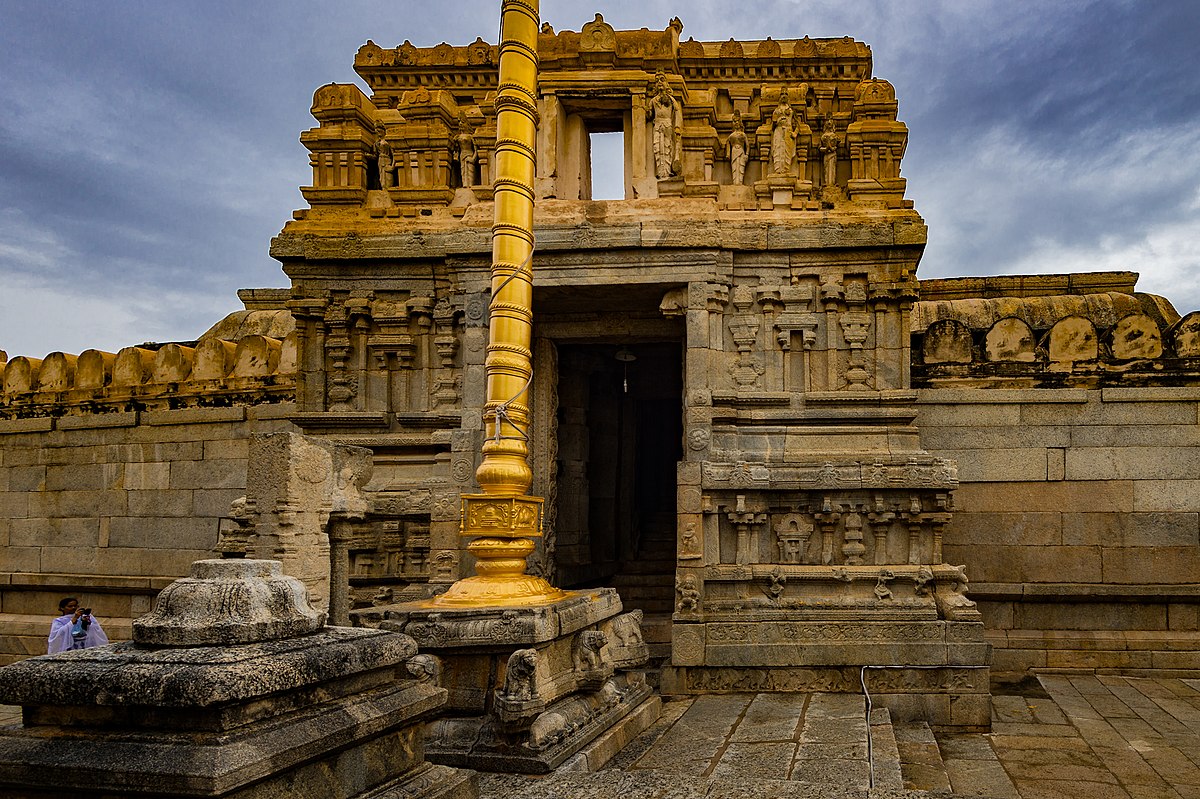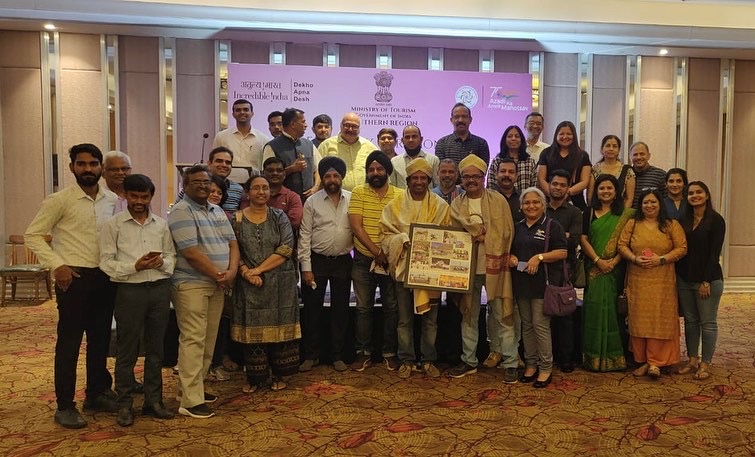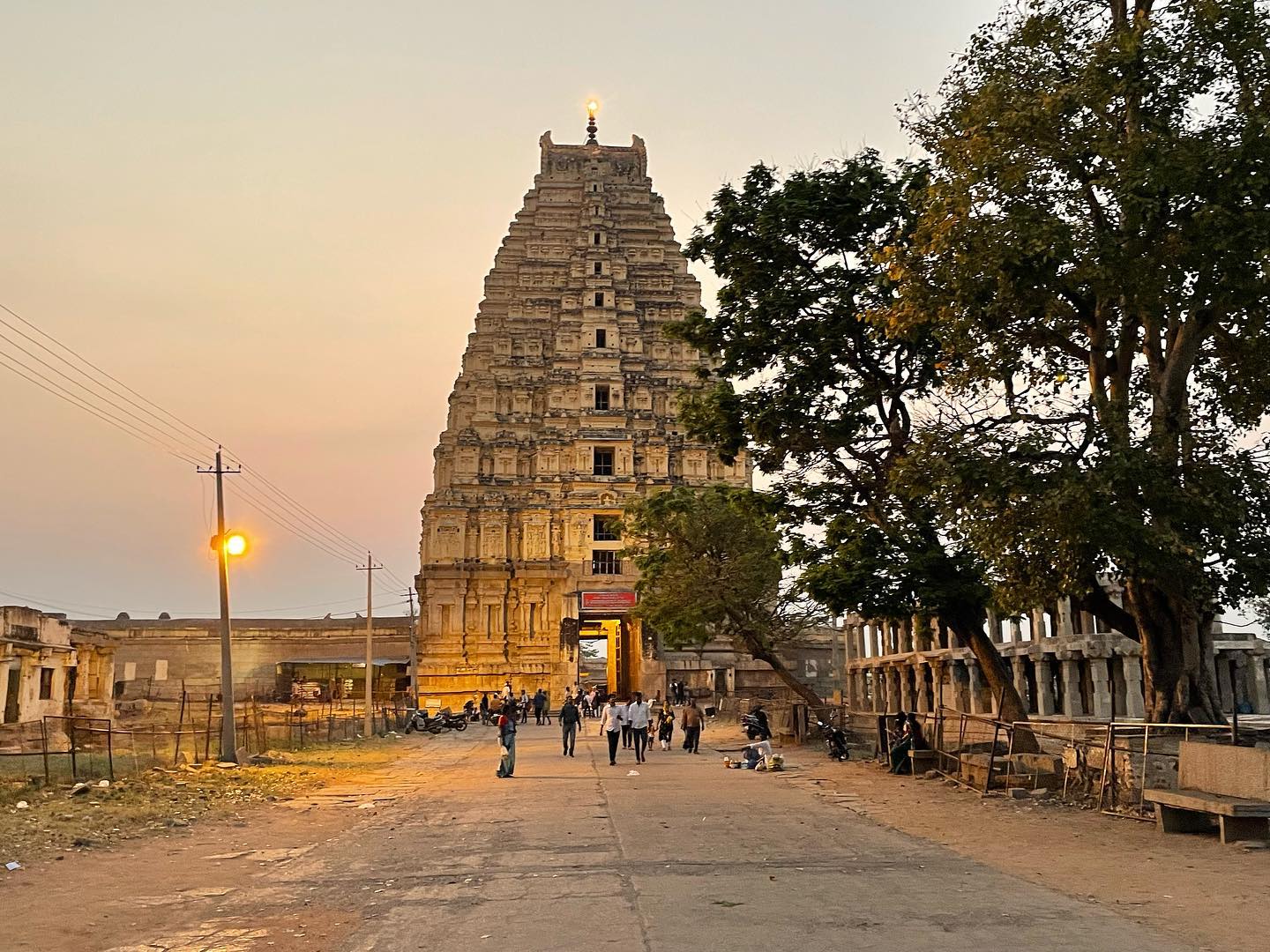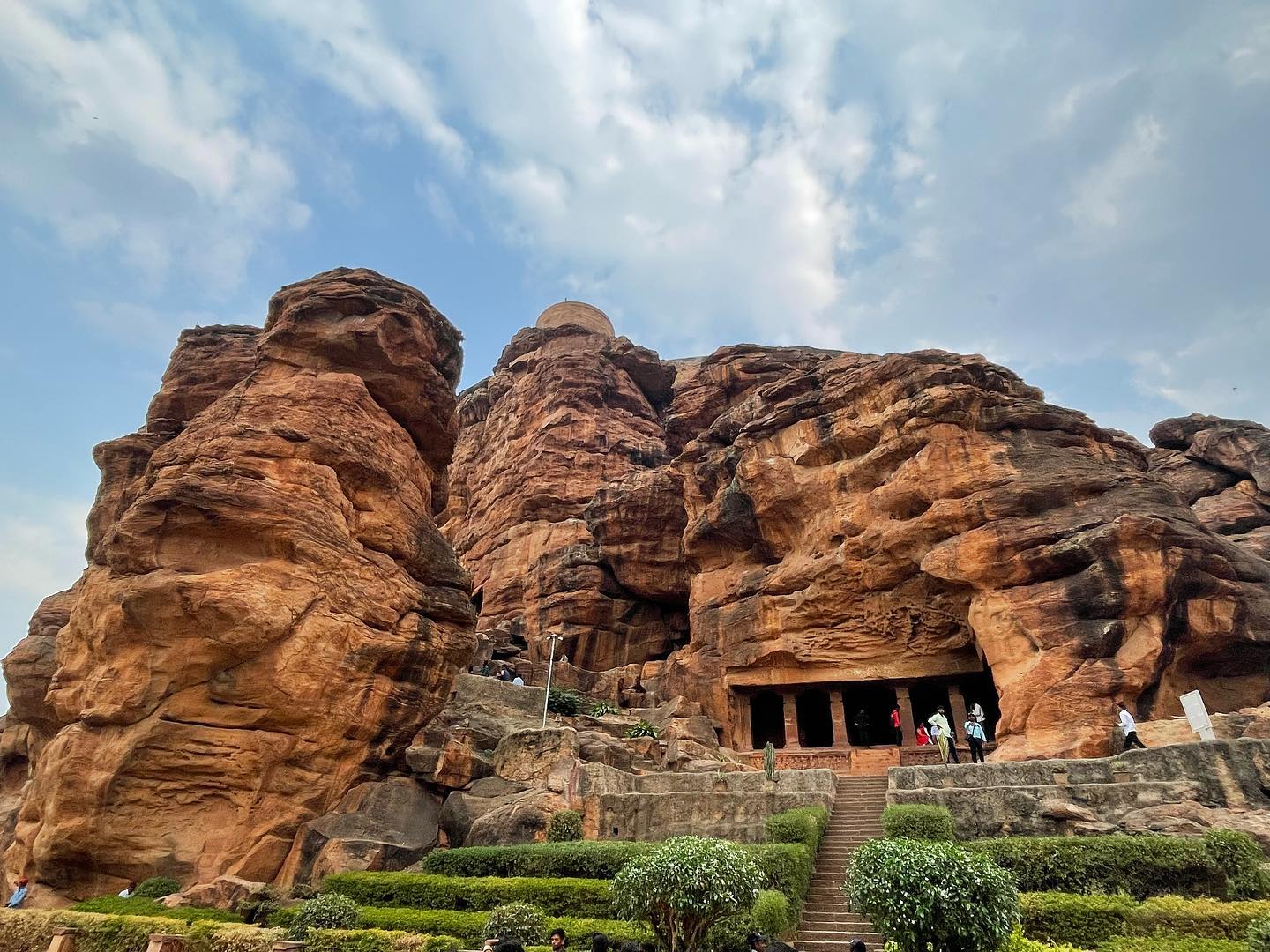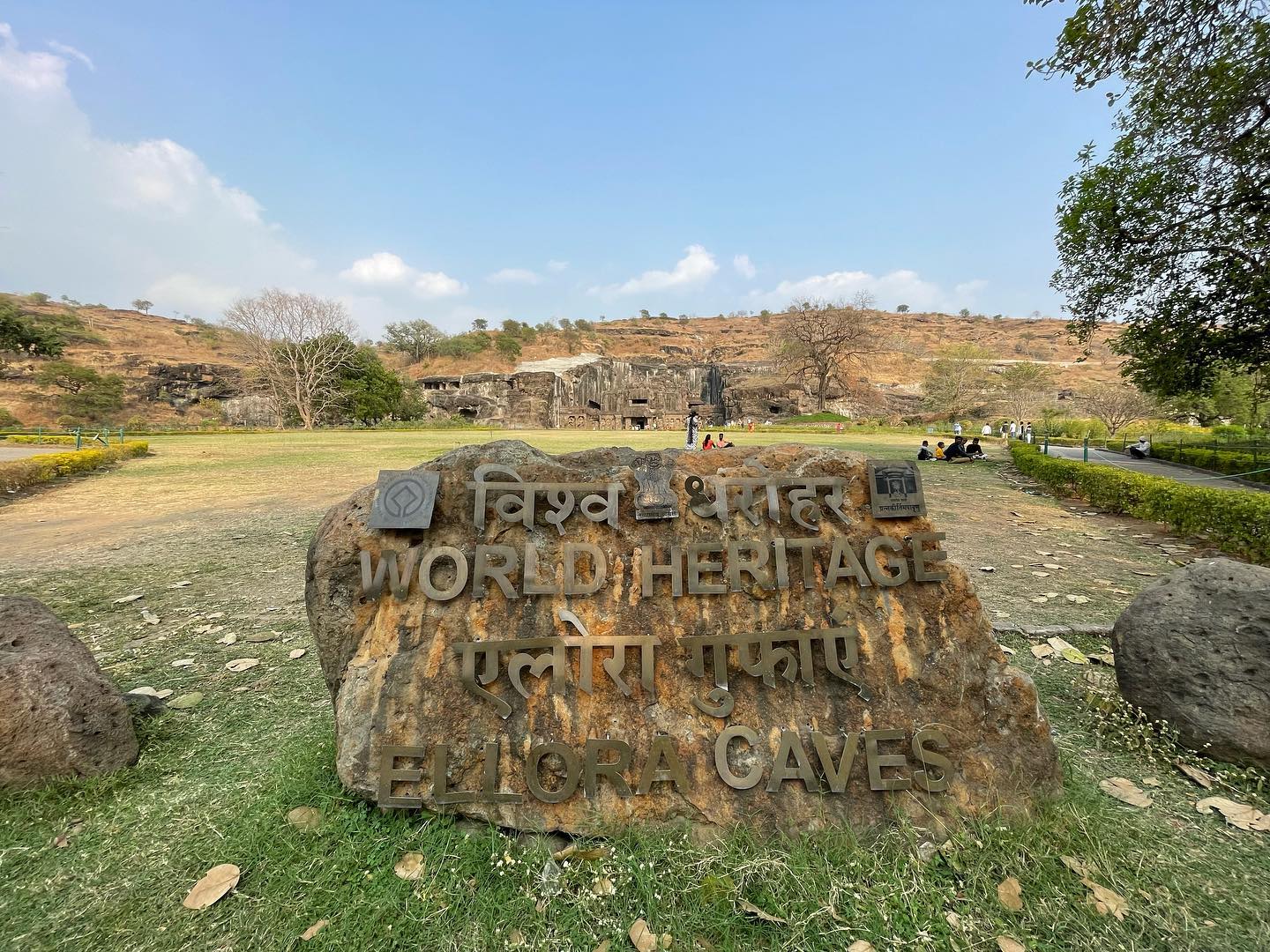2nd Oct ‘21: All India Road Trip: Andhra Pradesh: Lepakshi – Penukonda – Viduraswatha
So far:
2 States
Distance Covered: 123 km
Previous stop: Bengaluru
Next stops: Anantapur, Hyderabad, Warangal
The very first day of All India Road Trip: 2nd October, 2021.
After the wonderful flag off in Bengaluru to the loooong road trip we stopped briefly at Lepakshi. A small village in Anantapur District of Andhra Pradesh, the nearest Railway link is Hindupur that’s around 15 kms, and 120 kms from Bangalore Airport is home to the famous Veerabhadra temple dating back to 1583. It was built by Viranna and Virupanna and is one of the finest examples of Vijayanagara architectural style.
It’s the place where Jatayu ( the mythical bird that stopped Ravana while abducting Sita died. It got the name when Rama told Jatayu Le Pakshi ….. Get Up Bird when Jatayu was dying.
While the temple is amazingly architected, you will be stunned by a pillar that looks firmly placed, but has space underneath. You will also see a place that oozes water 24x7x365, and has a beautiful legend on how Sita gave water to the injured Jatayu.
There are many stories and amazing architectural marvels here. One of them we discovered were these giant footprints.
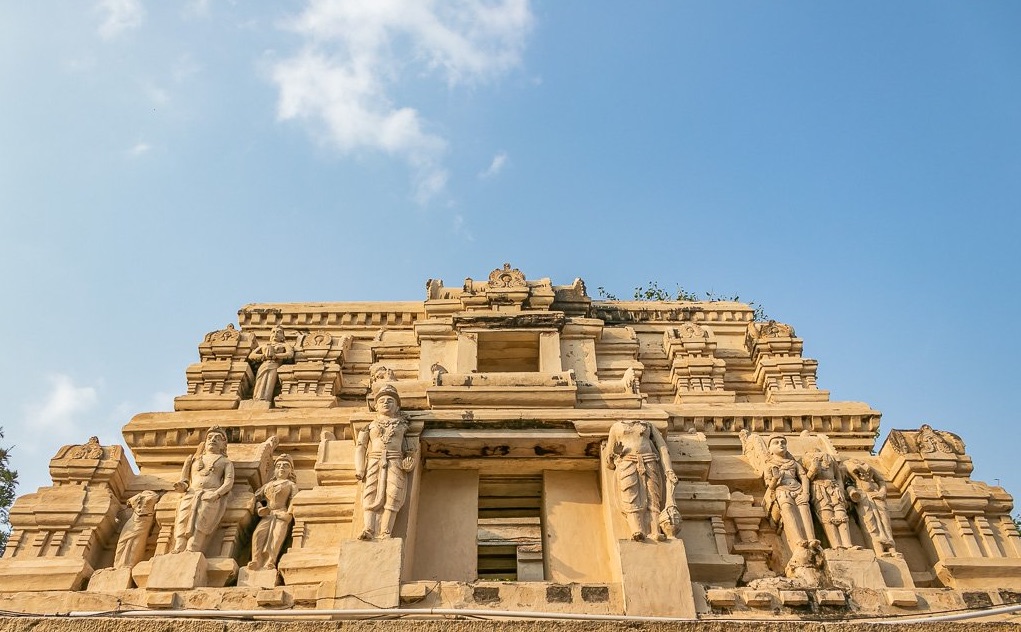

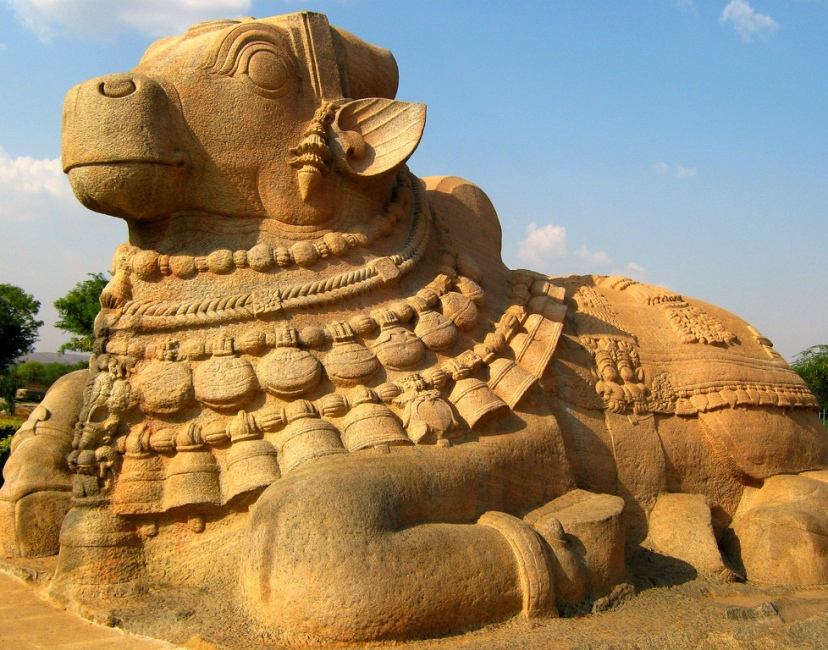
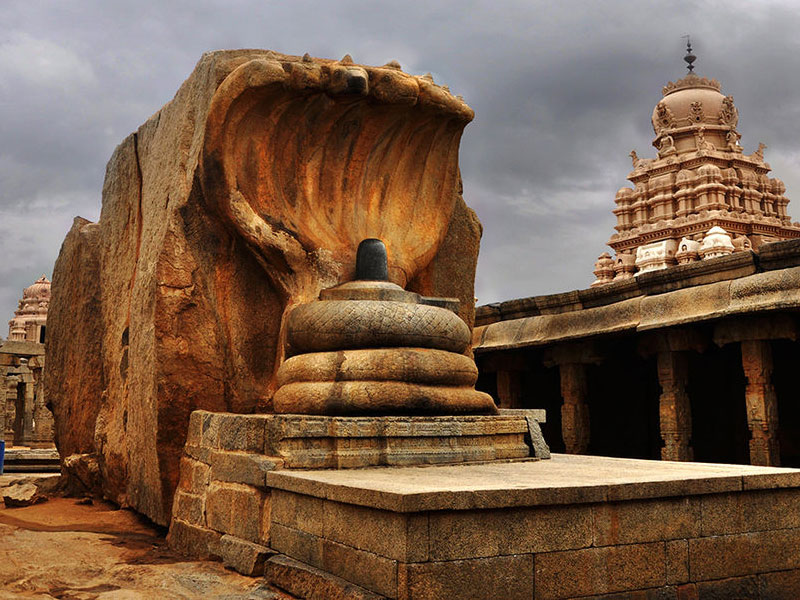
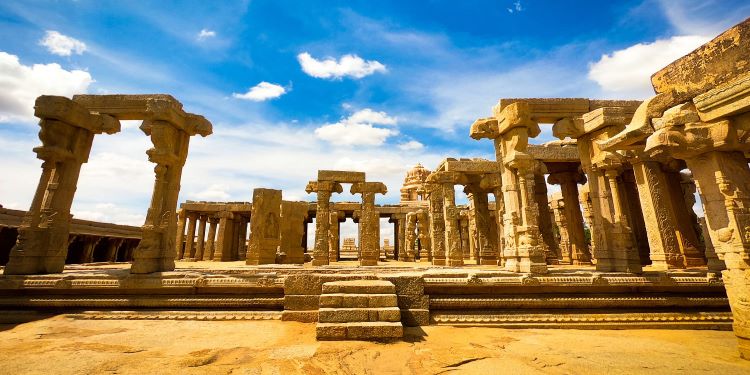
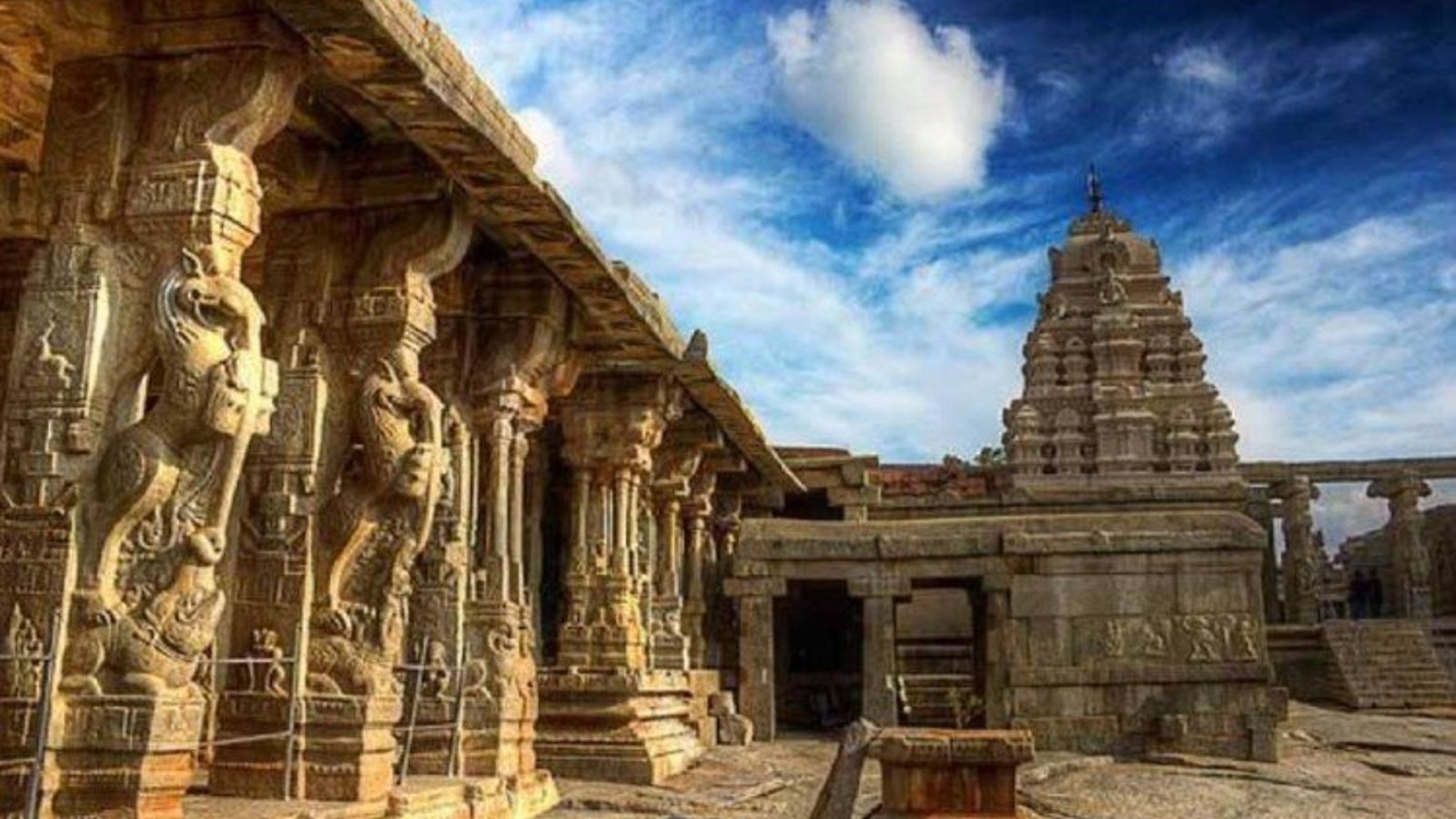
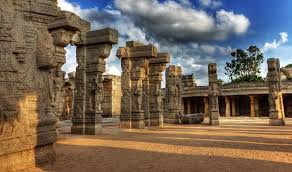
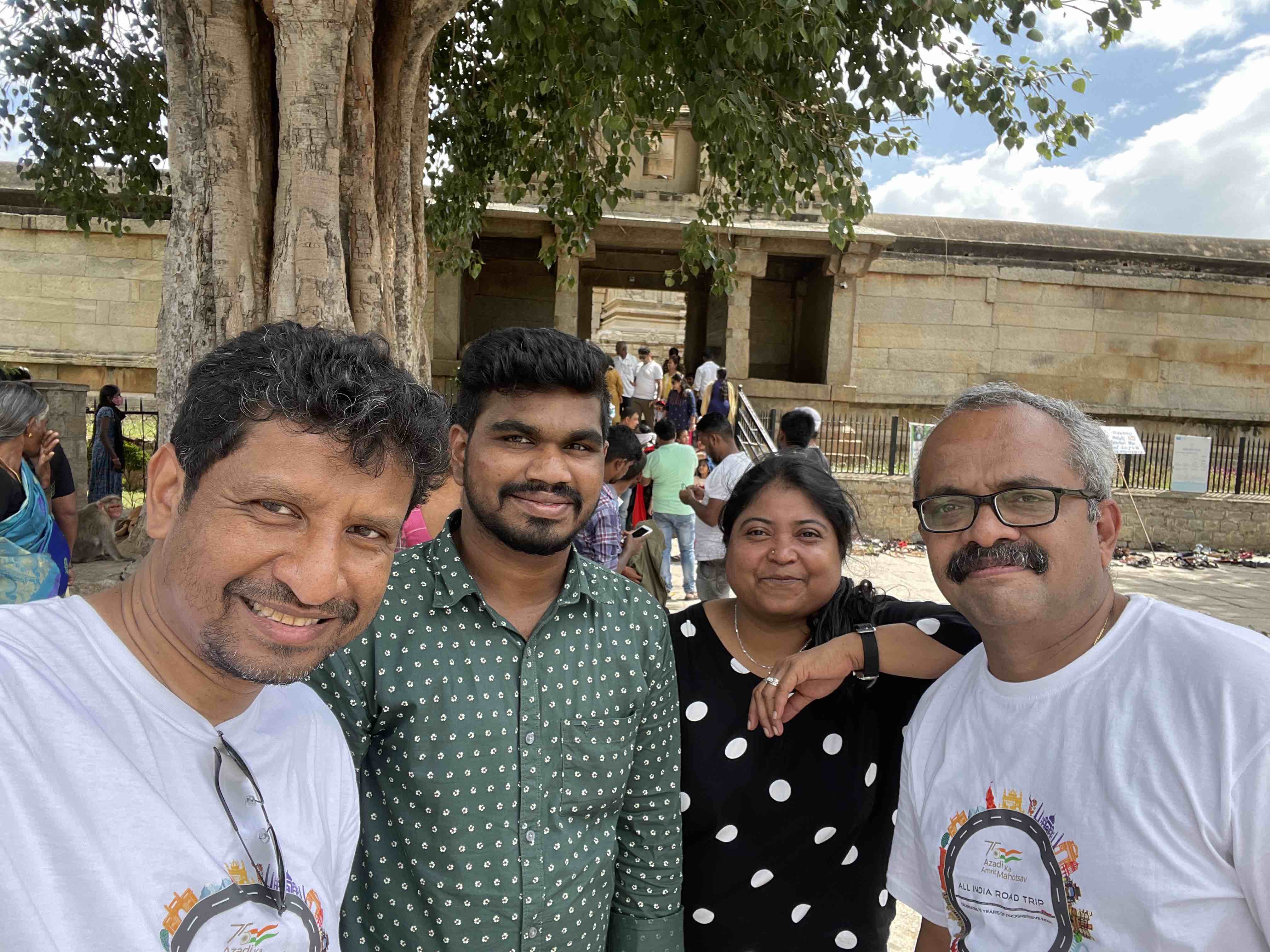
Penukonda:
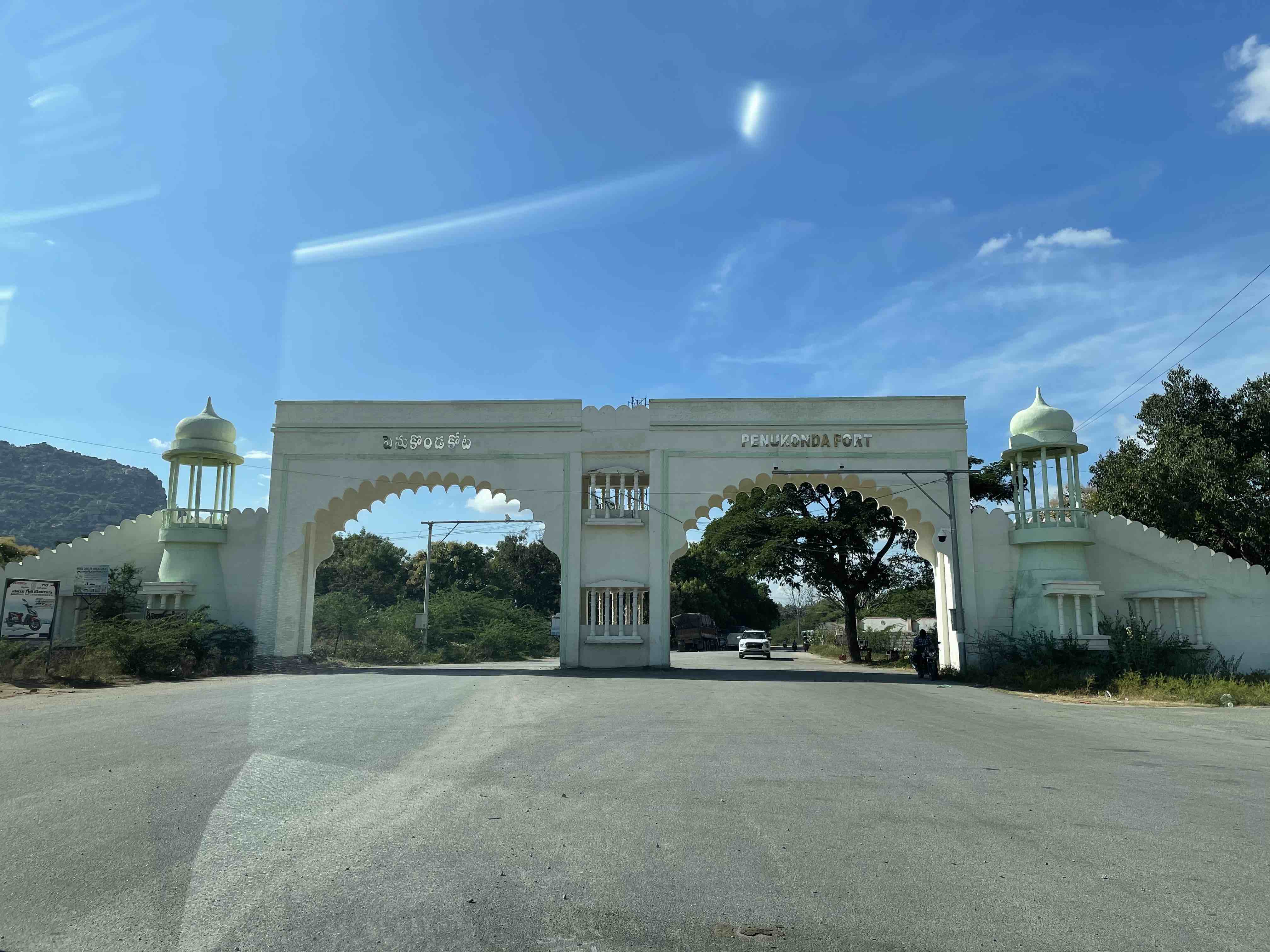
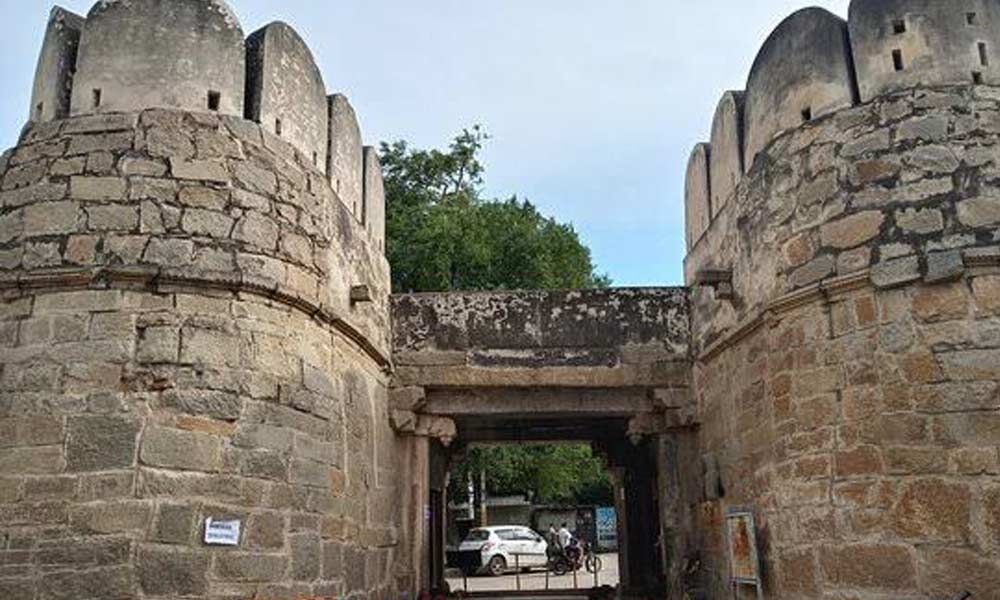
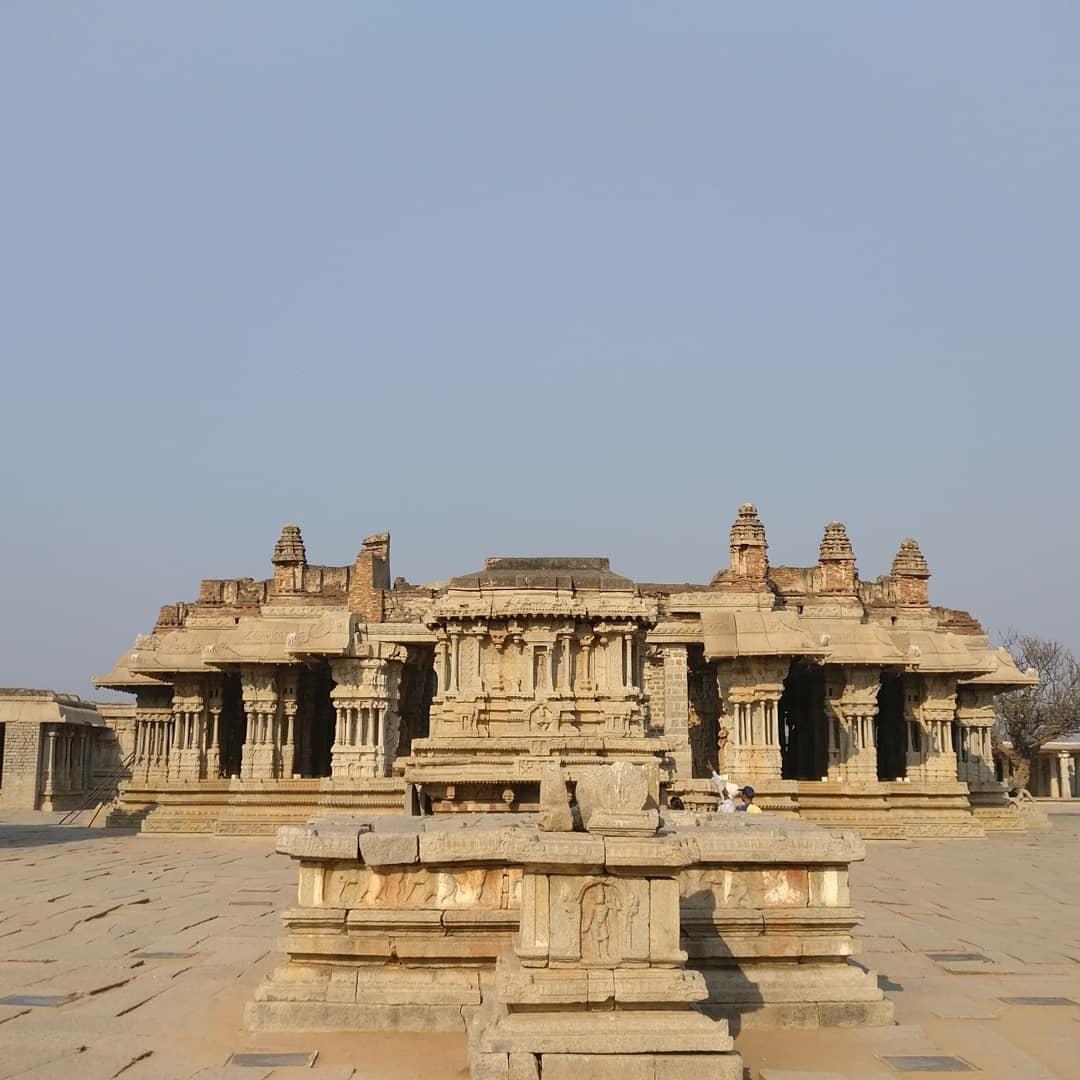
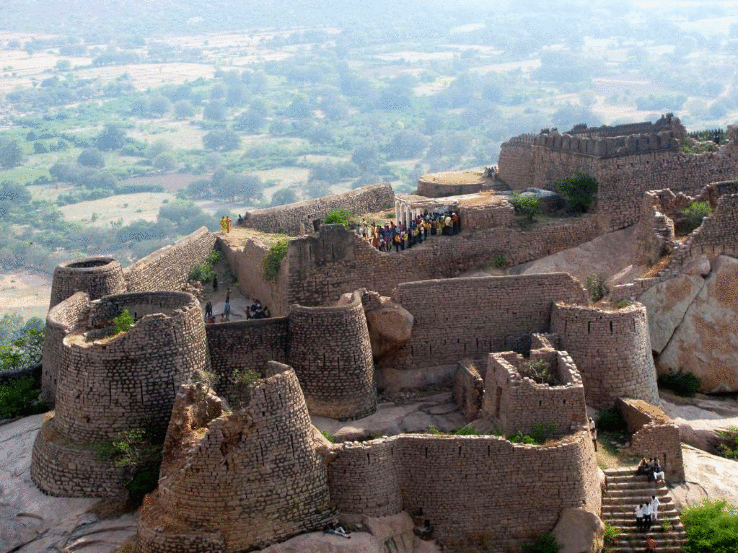
50 kms from Lepakshi is the Penukonda Fort, we stopped again briefly. It was the second capital of the Vijayanagara empire after the fall of Hampi. It also has a Jain temple.
It is here that Timarusu, Prime Minister of Krishnadeva Raya, and his philosopher and guide, was blinded and jailed by Krishna Deva Raya who had the notion that Timarasu conspired to get his his minor son who was anointed king killed. Later the King realised that this was not true and released Timarasu.
The most popular places here are the Gagan Mahal, which served as the summer resort and Babayya Darga, the mausoleum of Baba Fakruddin Suhrawady, a King from a province of Iran, who denounced his Kingship to preach Islam.
Penukonda has several temples, famous ones being the temples of Lord Hanuman, Yoga Narasimhaswamy, Kashi Vishwanatha and Lord Yogarama.
It also has a baoli, a step well.
Viduraswatha
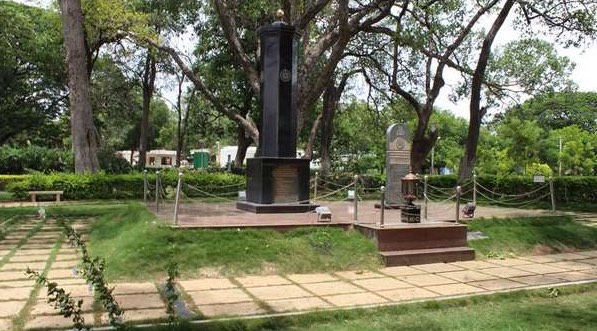
We also crossed past Viduraswatha, which is around 70 km from Bengaluru. The name is derived from that of a big Ashwatha (sacred fig) tree located in this village. According to a legend of the times of Mahabharata, this tree was planted by Vidura, a courtier in the kingdom of Dhritarashtra; and hence the name Vidurashwatha..
It is called the Jallianwala Bagh of the South. The Congress had called for the hoisting of the Indian national flag on April 25, 1938. A large number of people had gathered at the sprawling open grounds near the Ashwatha tree in Viduraswatha. Though the British had imposed prohibitory orders, people had gathered at the grounds.
What led to the firing was a decision by the authorities not to allow the hoisting of the national flag (swaraj India flag).
“It was an open ground which had a river at one end and a temple on the other. The plan of the leaders was that if the police resorted to lathi charge, they would cross the river. Across the river was Nizam’s state of Hyderabad and the police didn’t have any jurisdiction (there). But this didn’t go as per plan,” Murthy explained.
Eighty-five-year-old Narsimhaiah was one of the people Murthy interviewed that day who managed to escape unhurt. “As the crowd grew bigger, around afternoon, some minor face-offs between the police and protesters erupted. Before the crowd could react, according to Naraishaiah, police opened fire. He ran in the hope that the bullets would not find him,” Murthy said.
At least 96 rounds were fired by the police that day, killing 32 people.


